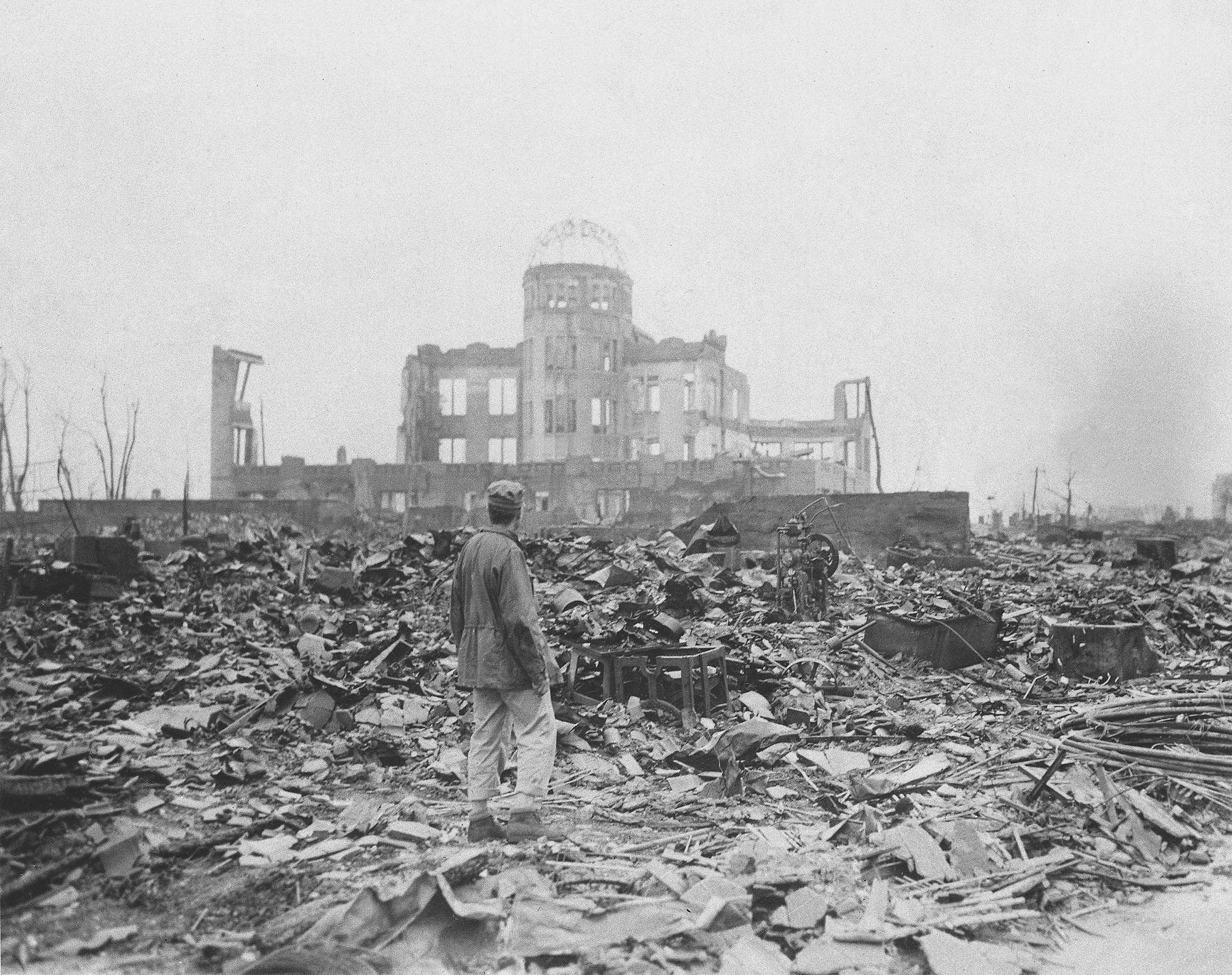The unconditional surrender of Japan was brought about by nuclear attacks on the cities of Hiroshima and Nagasaki. The common justification is that U.S. President Harry S. Truman opted for the least worst of his two available choices: to force a surrender through the use of nuclear weapons or order an invasion in which the casualties incurred would have been greater than the collective human toll that those two cities sustained.
The failing in this argument is that there were never two options, there were three. The third was to replicate that which was concluded between America and Spain in 1898, Japan and Tsarist Russia in 1905, Britain and Argentina in 1982, and what multiple European powers contrived to obtain from 19th-century China. It was to pursue, in fact, what the vast majority of commanders have sought throughout the history of warfare: a negotiated settlement.
The argument against unconditional surrender was best laid out by legendary U.S. "China hand" John Paton Davies Jr. "Unconditional surrender made little sense in an infinitely conditional world," Davies claimed. "It excluded compromise, it barred a negotiated peace," while assuming that the Soviet Union and China would concur with America on the makeup of the postwar world. Davies' words ring true, as the primary implication of America's insistence upon the unconditional surrender from Japan was the advance into Asia of the Soviet Union, a communist U.S. ally whose plans for the postwar world were dissimilar indeed.



















With your current subscription plan you can comment on stories. However, before writing your first comment, please create a display name in the Profile section of your subscriber account page.